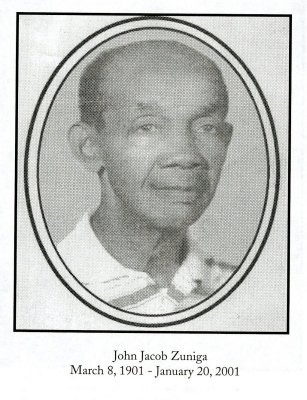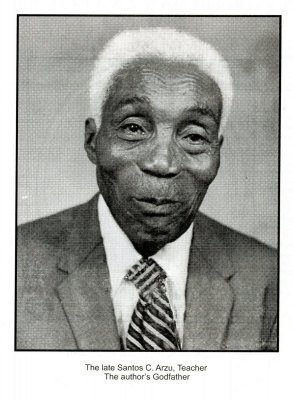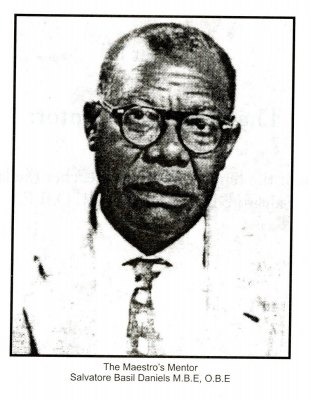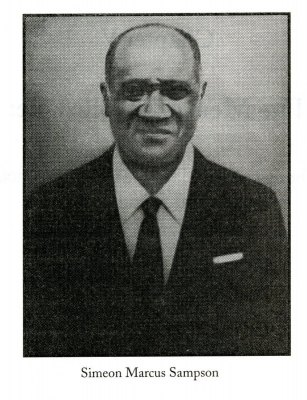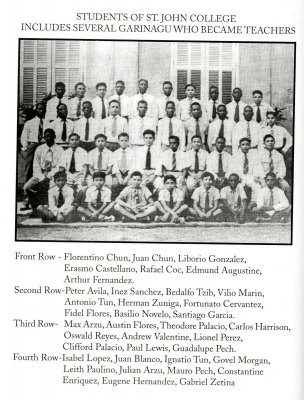Giving Voice to Truth
The history of the Garinagu before and after arrival to Belize was one of brutal antagonism and discrimination, when they suffered much cruelties and violence at the hands of the British. Maltreatments and exploitations continued in their interactions with missionaries, primarily the Roman Catholics in Belize. The recent news of access to the Graham Creek School in Toledo, and the inhumane physical surroundings there, resembles a cruise trip, when compared to the cruelties that Garifuna teachers and their families endured in the name of educating and spreading Roman Catholicism in rural Belize. What a contribution!
I am bringing attention to the past sacrifices of these leaders in highlighting a poem written by Mr. Alfonso Cayetano entitled “A Tribute to Garifuna Teachers”. The following are excerpts from the poem. “Wherever a Union Jack Flag was erected in British Honduras, Garifuna teachers went like brave soldiers to establish schools. Garifuna teachers and pioneers enlightened and tilled the fertile minds of our Belizean children. You left your comfortable homes to serve the rural areas of Belize. You and your families lived in substandard housing. You waded in belly deep swamps to get to your teaching post. You were cut off from regular Belizean life to teach in labyrinth areas of Belize. Your family was deprived of medical attention because of the Remote areas of Belize. Your family members were bitten by mosquitoes, horse flies, scorpions, rats, bats and poisonous snakes. Your wives and children became sick and mentally ill. Some died from dehydration and were buried in those villages. Garifuna educators and pioneers paid the ultimate price with their lives to educate Belize. Garifuna teachers and pioneers traversed the rough sea, forded flooded rivers and explored virgin jungle to nurture the brains of our Belizean children. Garifuna teachers and pioneers were transferred from north to south and from east to west of Belize. Garifuna teachers and pioneers, you made tremendous sacrifices. Your work in the six districts of Belize was perilous. For the education of Belize, you abandoned your families, relatives and friends. You have been to Go To Hell Village, now called San Lucas. You climbed the hills of San Benito Poite which were infested with Bush Master snakes and where Jaguars roamed, freely. You have given your all to educate Belizeans.” Bandi seremei…Thank you lun Mr. Alfonso Cayetano for the poem, houn the Teachers as leaders and contributors to our nation building.
The survival of the Garifuna people with culture intact is a major feat, and probably due largely to courage—the fortitude, valor and resoluteness of leaders, which can be strongly felt in Alfonso Cayetano’s poem. November 19th Garifuna Settlement Day has been a public and bank holiday in Belize for over 4 decades. This was advocated for by three Garifuna leaders with the support of the Garifuna community to recognize their contributions to Belize. Three advocators who represented the people’s cause to the British Governor were leaders of the Dangriga community, namely TV Ramos, Mateo Avaloy, and CJ Benguche. In the 1920’s leaders formed organizations to mobilize people. One such was the Carib International Sick and Burial Fund Society (1924) formed in Puerto Barrios, where several were employed in the banana industry. This demonstrates leadership, mettle, a level of independence and pride of self. The initial leaders of the Puerto Barrios Branch at June 1924 were: C. J. Locario as President, A. B. Ogaldez-Secretary General, P. A. Franzua-Manager, and Nath Antonio-General Treasurer. In
the 1970s, areas of success at advocacy via the foresight of leaders: name change from Stann Creek Town to Dangriga, Garinagu not Black Caribs, public and bank holiday for Garifuna Settlement Day countrywide.
Garifuna leaders were owners and workers in the mahogany and then sugar industries in its heyday. They were in the forefront of Garveyism, and later unionism as leaders and members; first in the General Workers Union (GWU) of the 1950’s. The GWU joined the People’s United Party (PUP) to win the first elections after adult suffrage in 1954 and 1957. Those leaders were Nathaniel Cacho, David McKoy and Faustino Zuniga. Others offered themselves during this period, as independent candidates or members of the opposing party, the National Party. They are Catarino Benguche, Max Arzu, Lem Benguche and Bernard Avilez. Since then, Garifuna leaders have represented as standard bearers and members of parliament for both the PUP and later the UDP in the southern Belize. For the 2020 election there was only one Garifuna representing, that is for the UDP in the Dangriga constituency. Frank “Papa” Mena lost his bid for Dangriga when the outcome of the election demonstrated a wide sweep or landslide for the PUP—another anti-administration stance of the electorate. For the first time in over 6 decades (66 years) of electioneering, there was no Garifuna representing the PUP in the south.
Political representation is very important especially at this time—post COVID. The south of the country to which the Garinagu were banished by the British is the most productive—banana, citrus, pepper sauce etc., however the socio economic situation of its people is very damning, as per the country’s social statistics—and the “culture” is yet to be taken seriously as a tool for economic development by those at the governance table. Ka san megei bei Garinagu…courage has skipped a couple generations?
Credits: Pictures courtesy National Heritage Library

